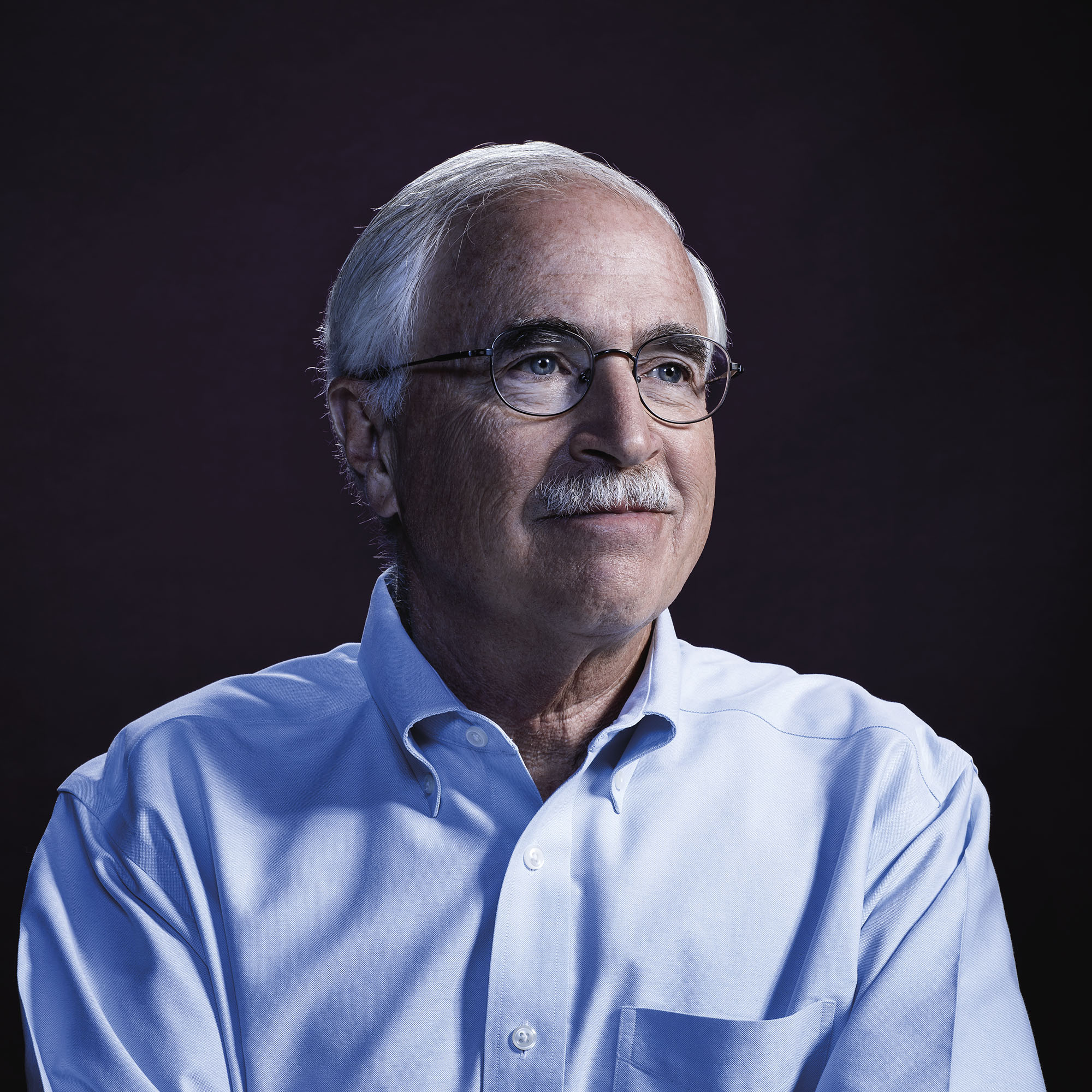Why aren't there any corner offices?
Michael Hasselmo The director of the Center for Systems Neuroscience says CILSE will bring together neuroscience researchers from across the Charles River and Medical Campuses.
Christopher Chen, one of the world’s leading experts in tissue engineering and regenerative medicine, isn’t just excited about creating synthetic tissues at the Center for Integrated Life Sciences & Engineering (CILSE), he’s excited to help create an entirely new research community, thanks to an entirely unique building.
The College of Engineering Distinguished Professor, a pioneer in the use of microfabrication and 3-D printing to help create synthetic organs using a patient’s own cells, is one of the first researchers selected this year to move his lab into the nine-story, $150 million building, slated to open in 2017. His Biological Design Center, which focuses on engineering synthetic molecules to build tissues, joins the Center for Systems Neuroscience, the Center for Research in Sensory Communications & Emerging Neural Technology, and the Cognitive Neuroimaging Center.
The defining characteristic of CILSE is its interior. Shared, flexible lab spaces as well as common areas are located in the prime real estate. No corner offices, no hierarchical distinctions. We’re convinced this all-glass, democratically designed building will encourage the kind of collaborative research that is indispensable to scientific progress. Chen’s extensive lab, for example, will have no walls.
“I can’t wait to move into CILSE,” Chen says. “So many aspects of the big challenges we now tackle in technology, science, and medicine require multidisciplinary teams. Pulling all of us together into a shared open-concept lab will not only impact the caliber of science among the teams within the Biological Design Center, but also foster interactions between CILSE centers and the rest of the University.”
The University already boasts one of the nation’s largest clusters of researchers in systems neuroscience and biological design. These interdisciplinary fields wrestle with some of the thorniest problems in basic scientific research and medicine, like the detection and treatment of infectious diseases, treatments for Parkinson’s and Alzheimer’s diseases, how memory works, and the root causes of autism. But until now, the pioneers and innovators in these fields have been scattered across departments and campuses.
The Cognitive Neuroimaging Center will feature a 3 Tesla MRI scanner (a fundamental tool for studying the brain’s trillions of neural connections and how they relate to human behavior) and will serve faculty from schools and departments across BU’s sprawling neuroscience community—and from other universities around Boston.
“CILSE and the centers in it will serve not only as a physical hub but also as an intellectual crossroads for those working on topics in areas such as biological design and systems neuroscience,” says Gloria Waters, vice president and associate provost for research, “and allow us to foster collaborations and further develop an interdisciplinary community in these areas.”






